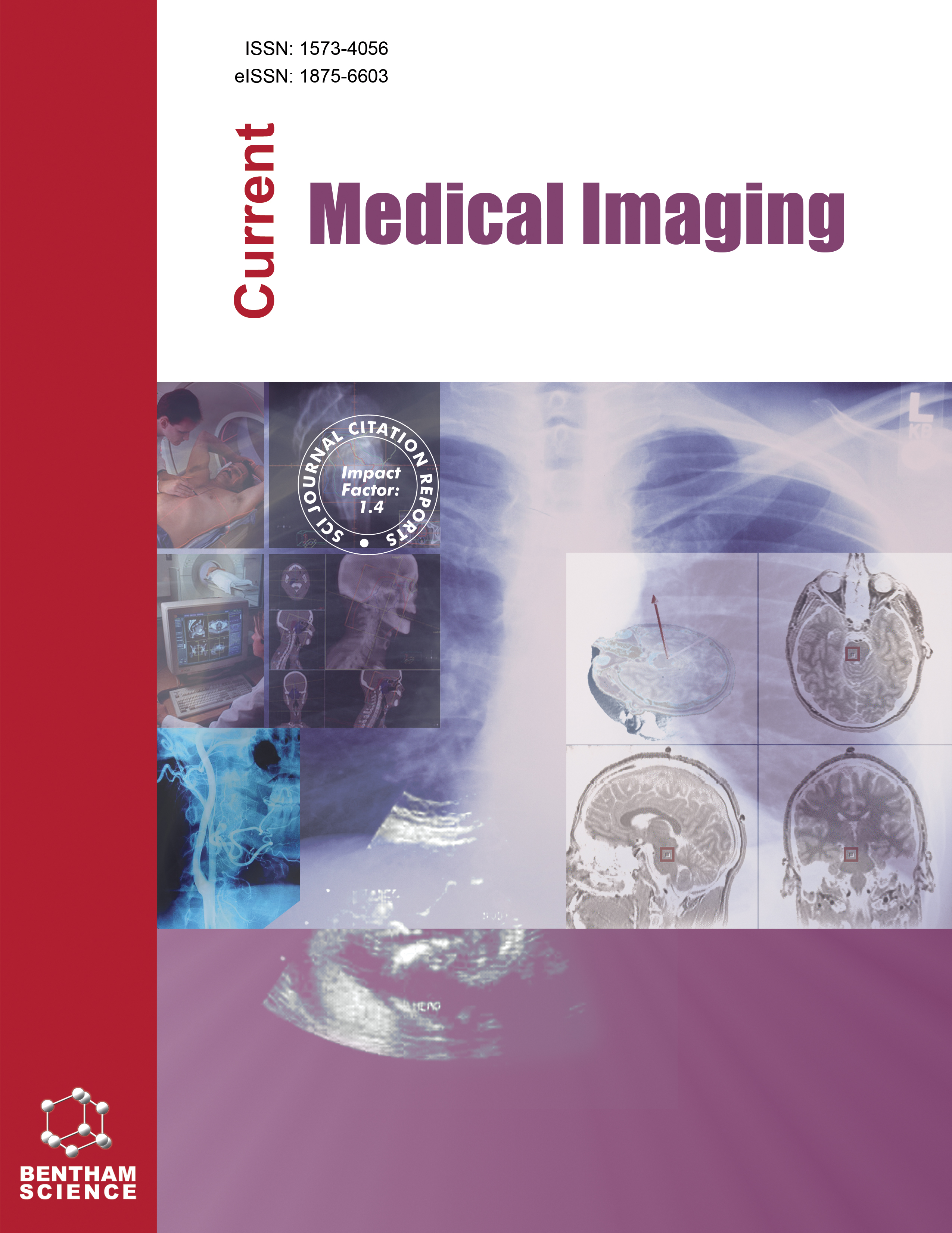-
oa Comparison of the Performance of [18F]-FDG PET/CT and [18F]-FDG PET/MRI for Lymph Node Metastasis in Breast Cancer: A Systematic Review and Meta-Analysis
- Source: Current Medical Imaging, Volume 20, Issue 1, Jan 2024, e15734056304849
-
- 19 Feb 2024
- 04 Jun 2024
- 01 Jan 2024
Abstract
The primary objective of this study was to conduct a comparative analysis of the diagnostic efficacy of [18F]-FDG PET/CT and [18F]-FDG PET/MRI in the detection of breast cancer lymph node metastasis.
We conducted a comprehensive search on PubMed, Embase, and Web of Science databases, encompassing eligible articles until March 2023. The pooled sensitivity and specificity for [18F]-FDG PET/CT and [18F]-FDG PET/MRI have been reported as estimates with 95% Confidence Intervals (CIs) using a bivariate random-effect model. Utilizing the I square (I2) statistic, heterogeneity among pooled studies was evaluated. The quality assessment of the included studies was conducted using the Quality Assessment of Diagnostic Accuracy Studies-2 (QUADAS-2) methodology.
We included 18 studies (2057 patients). The sensitivity, specificity, and AUC (Area Under the Curve) values of [18F]-FDG PET/CT for overall lymph node metastasis in breast cancer have been found to be 0.58 (0.39 - 0.75), 0.83 (0.69-0.92), and 0.79 (0.75-0.82), respectively. Correspondingly, the values for [18F]-FDG PET/MRI were found to be 0.76 (0.60-0.88), 0.85 (0.77-0.91), and 0.89 (0.86-0.91), respectively. The sensitivity, specificity, and AUC values of [18F]-FDG PET/CT for axillary lymph node metastasis in breast cancer were 0.52 (0.37-0.67), 0.84 (0.68-0.92), and 0.73 (0.69-0.76), respectively. Correspondingly, the values for [18F]-FDG PET/MRI were 0.84 (0.76-0.89), 0.87 (0.75-0.94), and 0.86 (0.83-0.89), respectively.
This study has suggested [18F]-FDG PET/MRI to have greater diagnostic power than [18F]-FDG PET/CT in detecting lymph node metastasis in breast cancer. However, the [18F]-FDG PET/MRI results have been obtained from a small sample size study, and more and larger prospective studies are needed for further confirmation on this issue.


